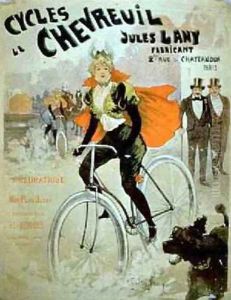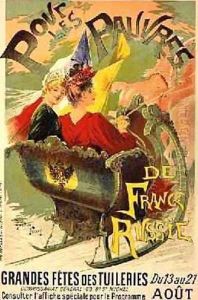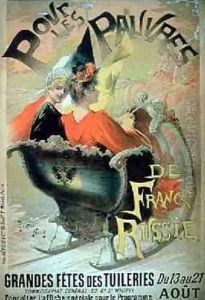Gaston Noury Paintings
Gaston Noury was a versatile French artist, illustrator, and poster designer born in Elbeuf, France, in 1866. He was an active artist in the late 19th and early 20th centuries, a period that was characterized by a great diversity of artistic movements and styles, including Art Nouveau and Symbolism. Noury's work was influenced by these movements, and he is often remembered for his contributions to illustration, poster art, and decorative arts.
During his career, Noury produced a wide array of works including posters, illustrations for books and magazines, theater designs, and decorative panels. He was known for his ability to capture the spirit of the Belle Époque, an era of optimism, regional peace, economic prosperity, and technological, scientific, and cultural innovations in Europe between the end of the Franco-Prussian War and the start of World War I. Noury's illustrations often featured elegant figures, intricate patterns, and a keen sense of composition and color, which made his work popular among the Parisian elite.
Despite his success during his lifetime, Gaston Noury did not achieve the same lasting fame as some of his contemporaries, such as Alphonse Mucha or Henri de Toulouse-Lautrec, who are more widely recognized today for their contributions to Art Nouveau and poster art. Nevertheless, Noury's work was exhibited in various salons and galleries, and he received commissions from a diverse clientele. His illustrations appeared in publications like 'Le Rire' and 'Le Figaro Illustré', and he also designed decorative panels for public and private spaces.
Gaston Noury passed away in 1936, leaving behind a body of work that reflects the vibrancy and dynamism of the art world during his time. Although not as well-known as some of his peers, his contributions to the fields of illustration and poster design continue to be appreciated by collectors and scholars of the period. His works are part of the visual legacy of the Belle Époque and serve as a testament to the artistic creativity of that era.


